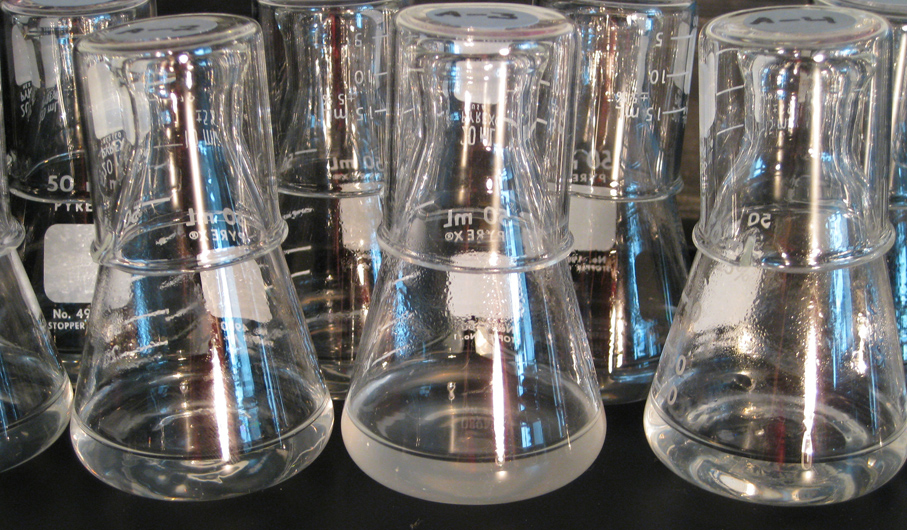This page is part of a series of posts about what we’ve learned from the LTEE. You can view the original version on Telliamed Revisited.
Evolution of Novelty
The LTEE provides fascinating cases of the origin and evolution of a new function and complex ecological interactions.
These examples are particularly interesting—and surprising—because I chose the environment of the LTEE to be as simple as possible, thereby limiting the opportunity for novel functions and complex ecologies to emerge. However, the evolving bacteria have proven me wrong by discovering new ways of making a living in the simple flask worlds where they live.
Novel function
- Blount, Z. D., C. Z. Borland, and R. E. Lenski. 2008. Historical contingency and the evolution of a key innovation in an experimental population of Escherichia coli. Proc. Natl. Acad. Sci. USA 105: 899-7906.
- Blount, Z. D., J. E. Barrick, C. J. Davidson, and R. E. Lenski. 2012. Genomic analysis of a key innovation in an experimental Escherichia coli population. Nature 489: 513-518.
Complex ecology
- Rozen, D. E., and R. E. Lenski. 2000. Long-term experimental evolution in Escherichia coli. VIII. Dynamics of a balanced polymorphism. American Naturalist 155: 24-35.
- Le Gac, M., J. Plucain, T. Hindré, R. E. Lenski, and D. Schneider. 2012. Ecological and evolutionary dynamics of coexisting lineages during a long-term experiment with Escherichia coli. Proc. Natl. Acad. Sci. USA 109: 9487-9492.
This photo shows the increased turbidity (cell density) of the population that evolved the ability to use citrate in the middle, along with two others from the LTEE. Brian Baer and Neerja Hajela took this picture in my lab in 2008.

